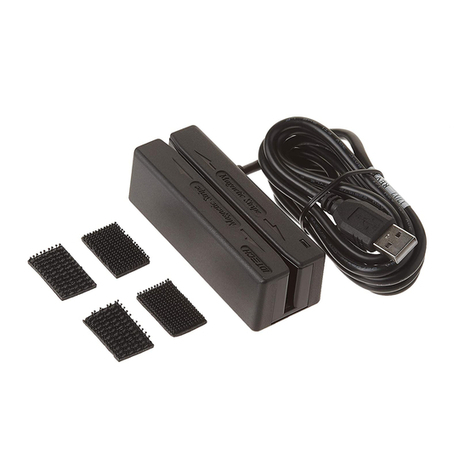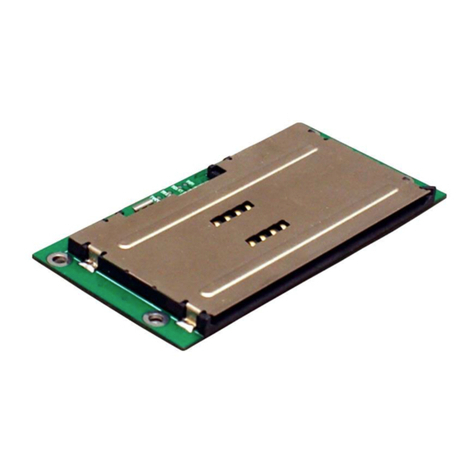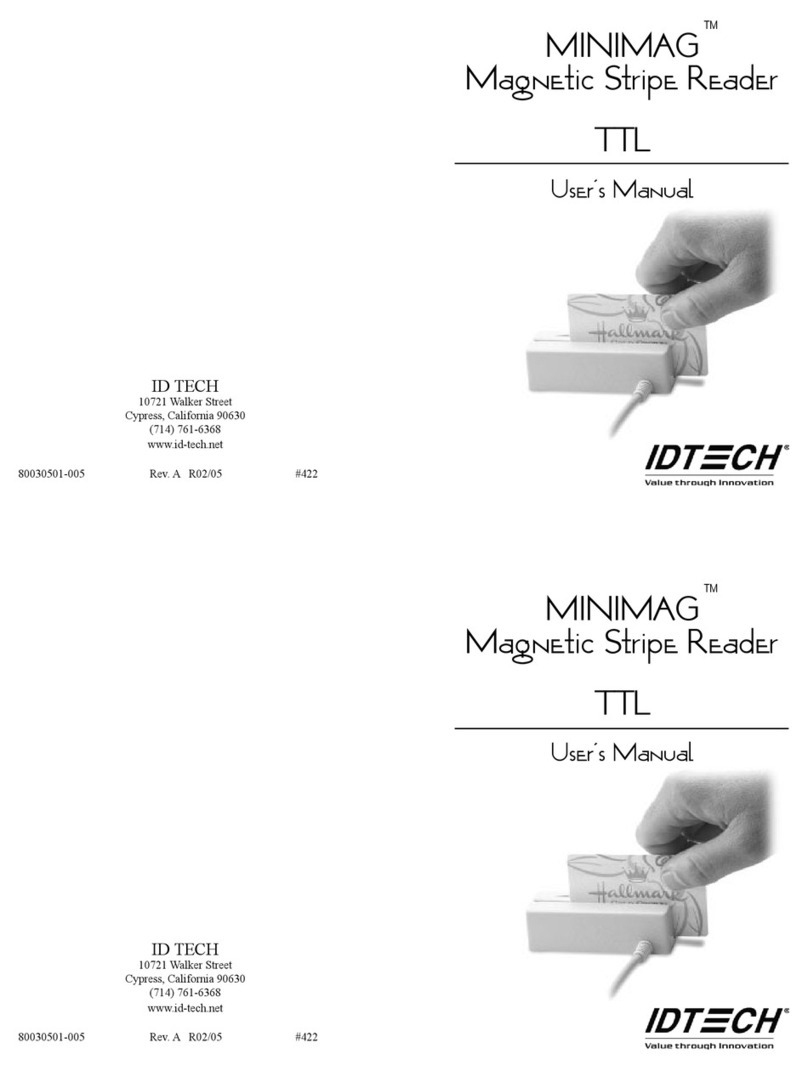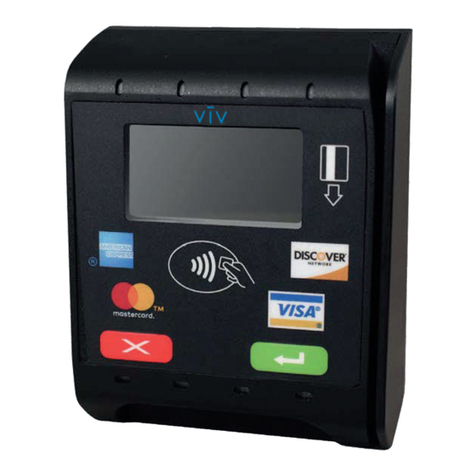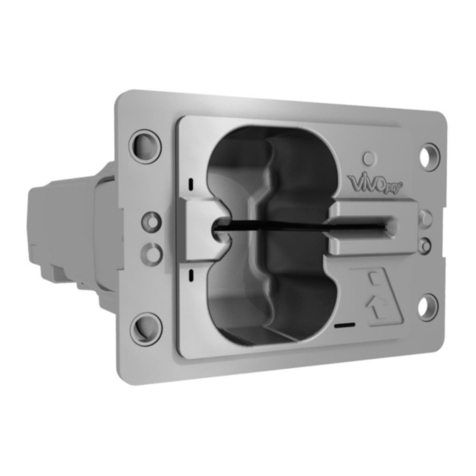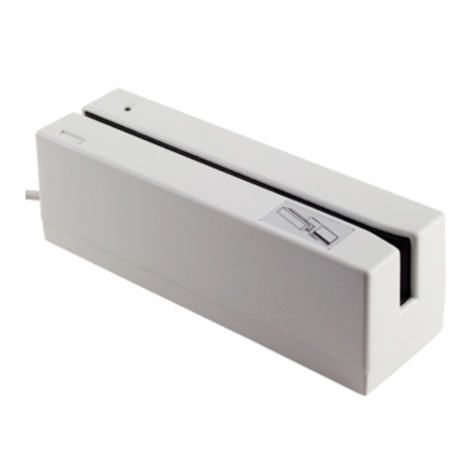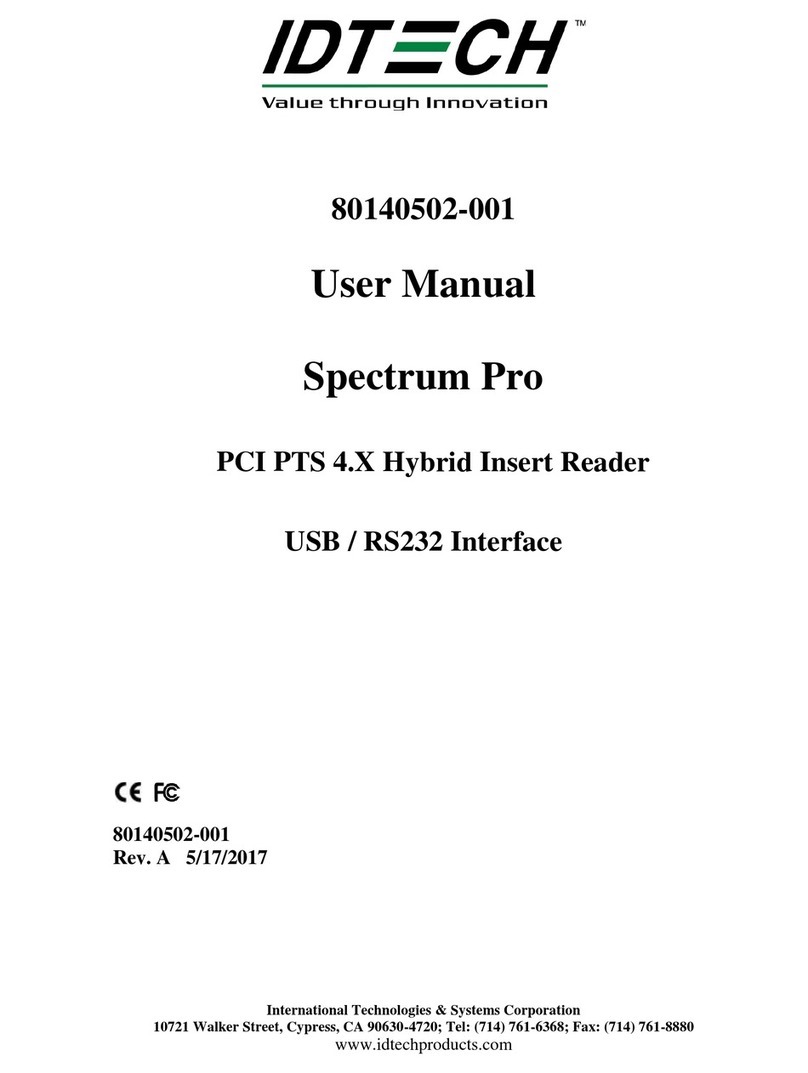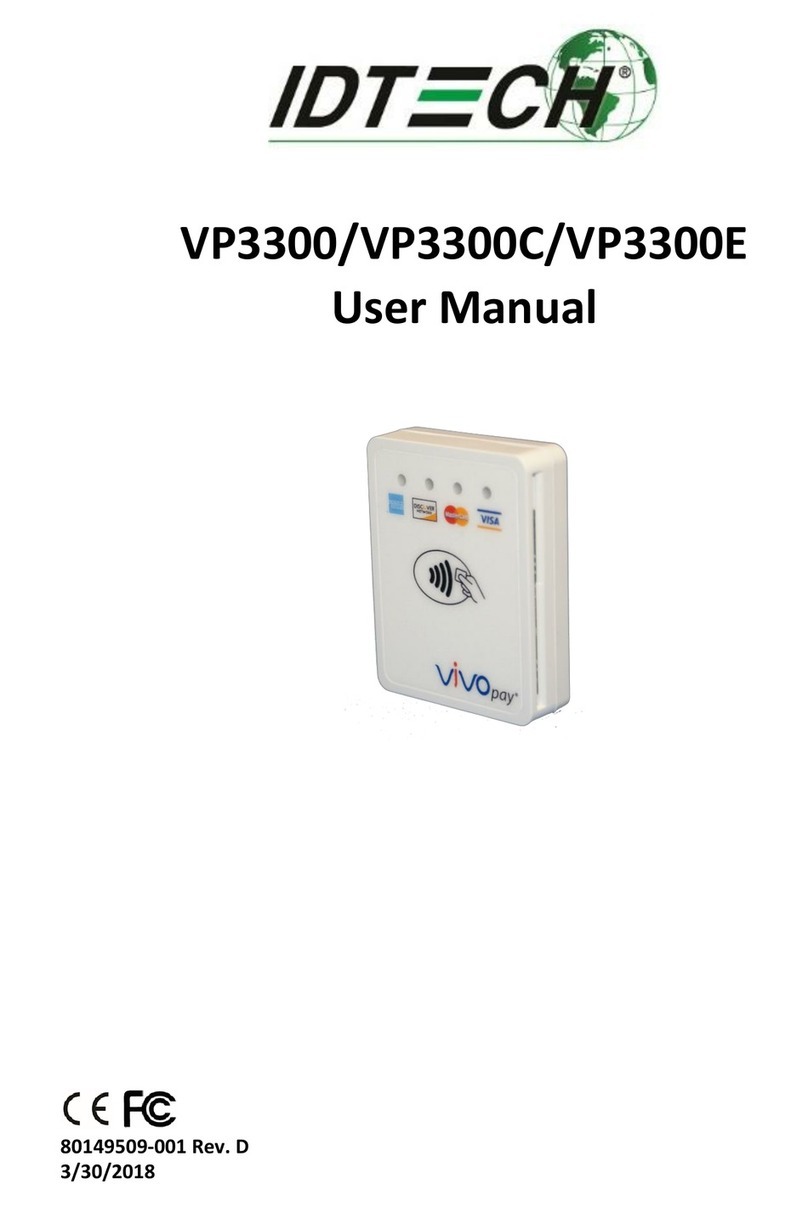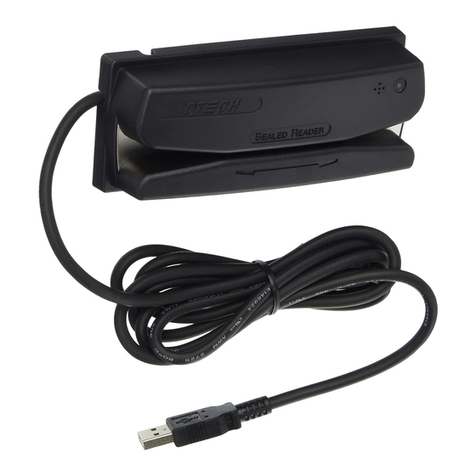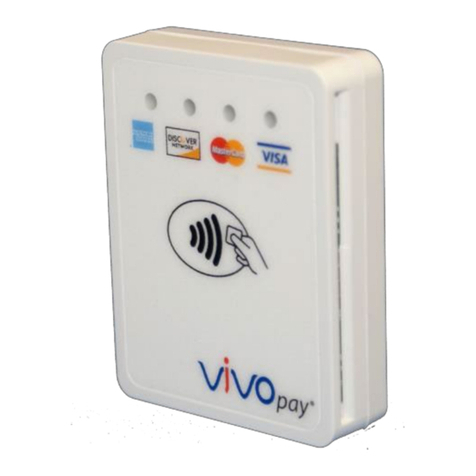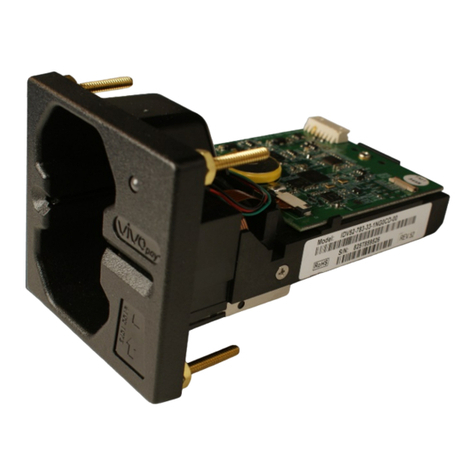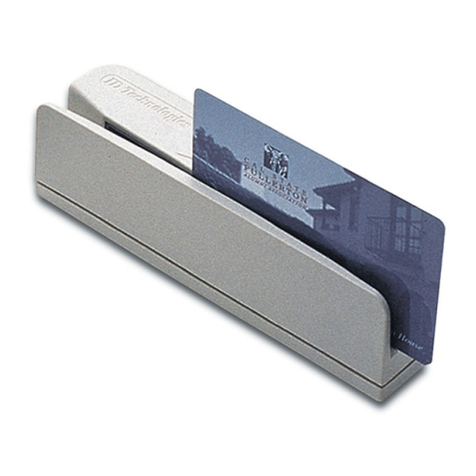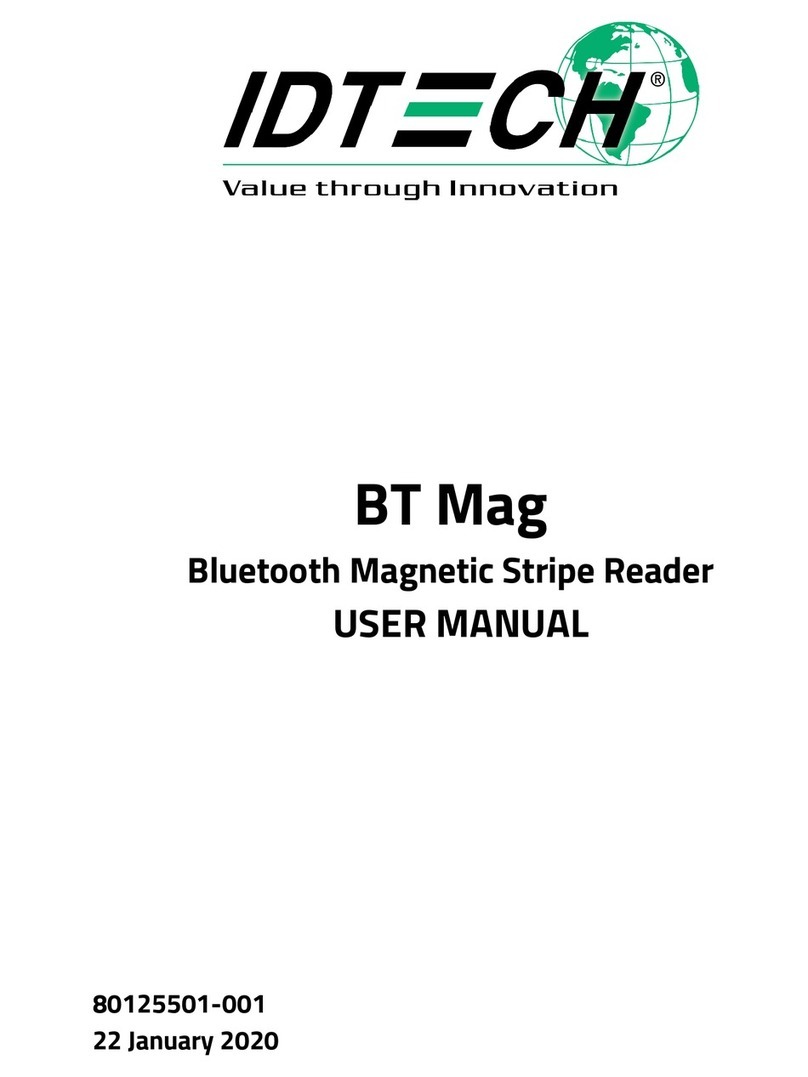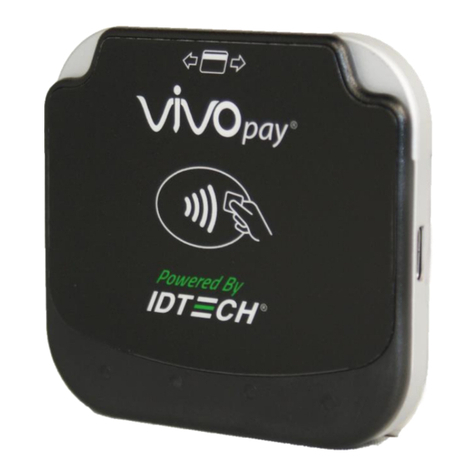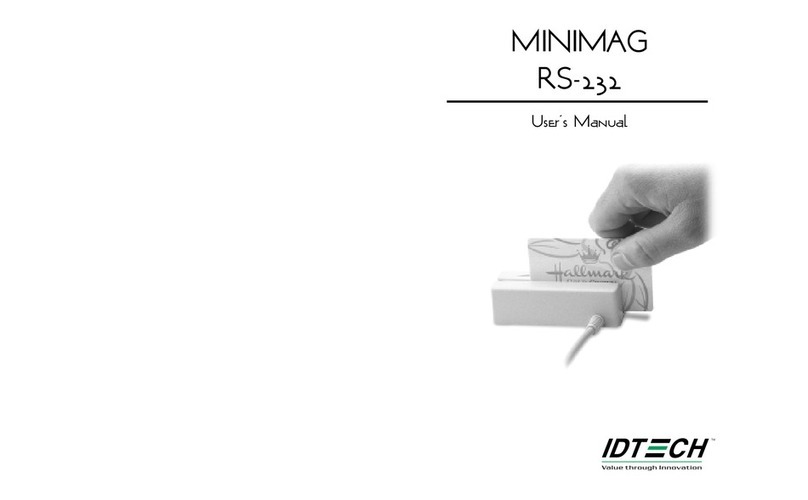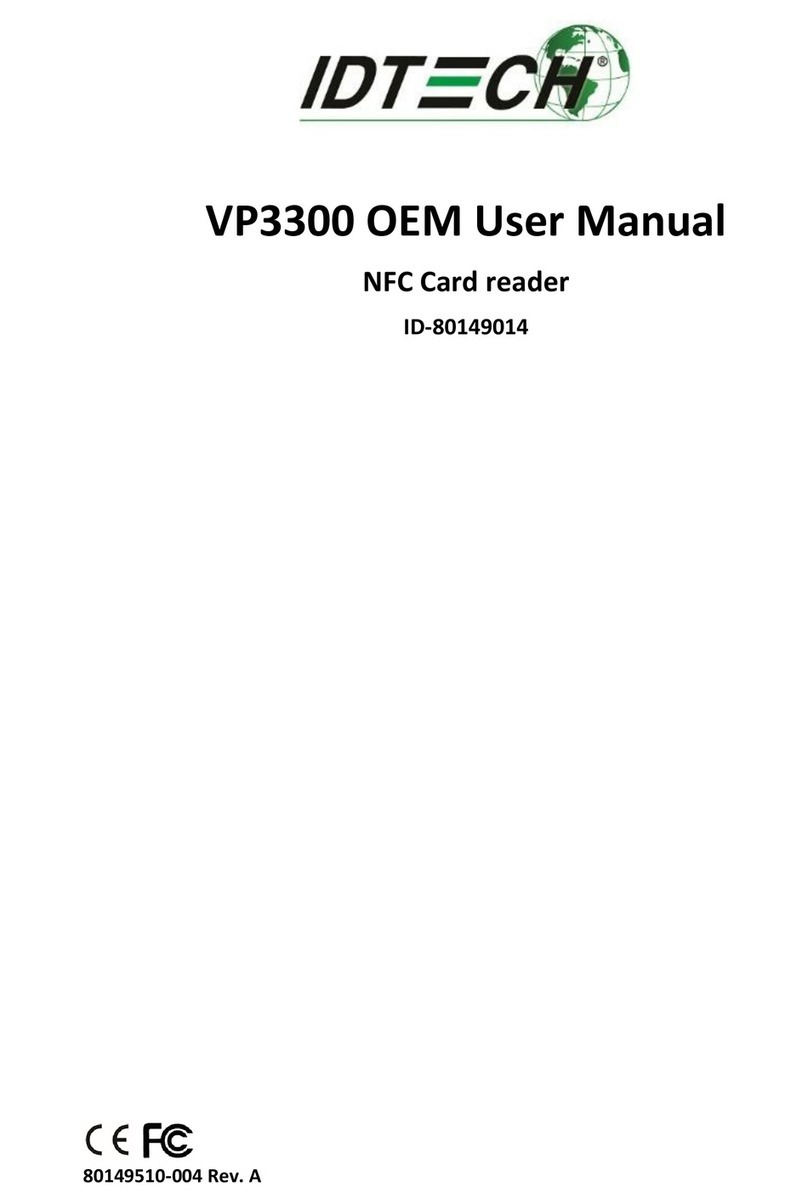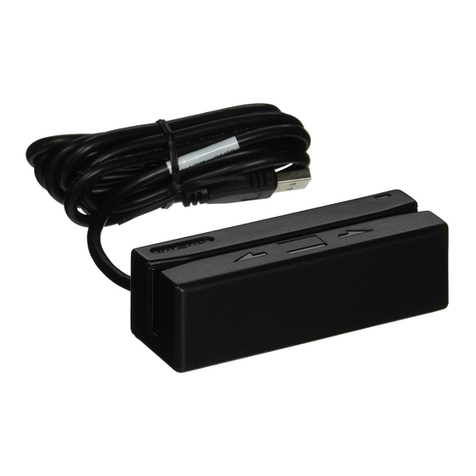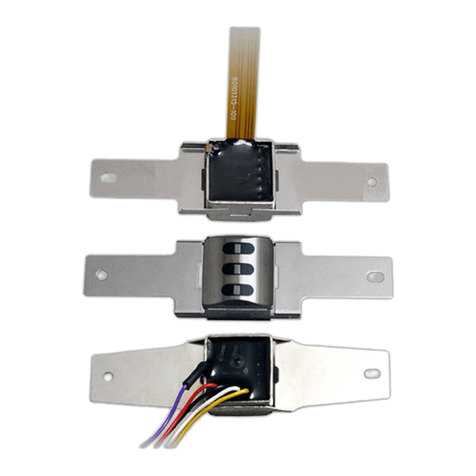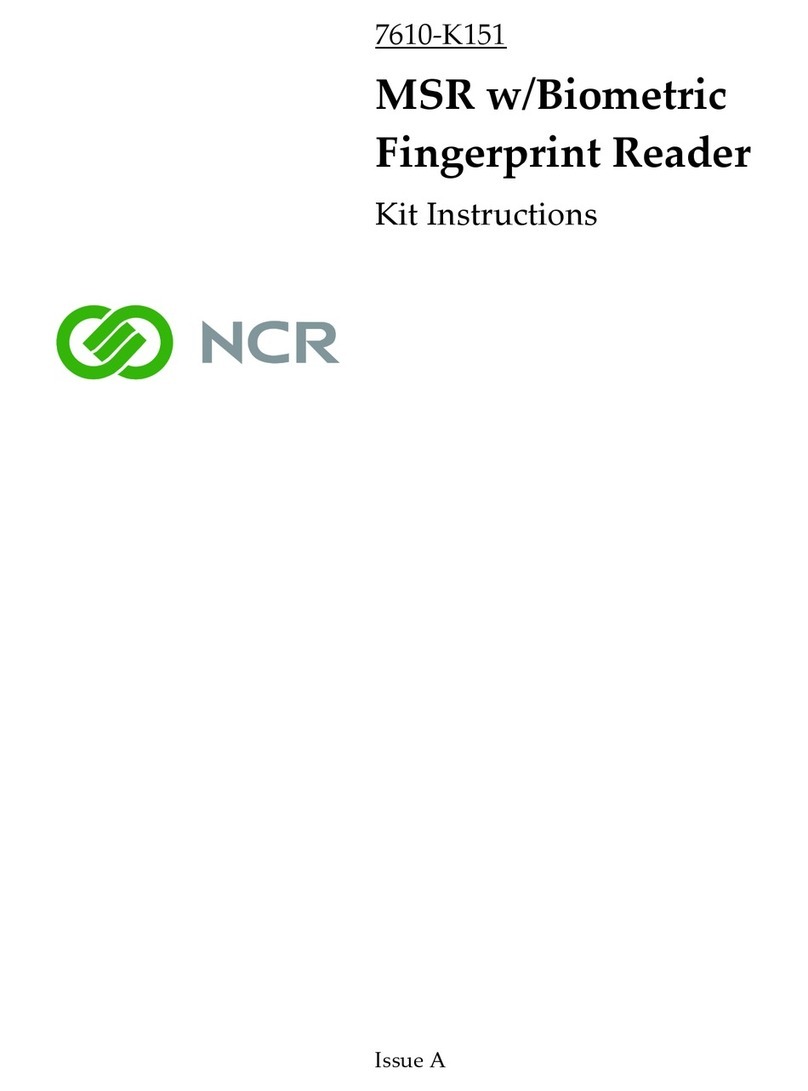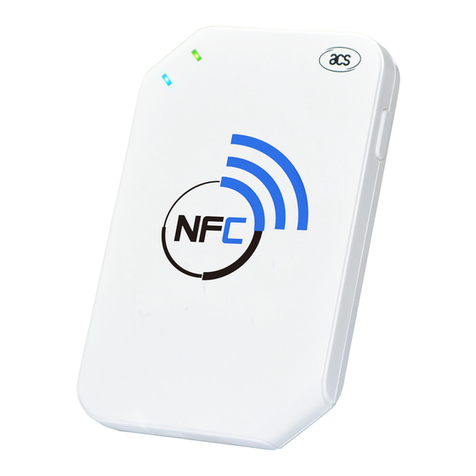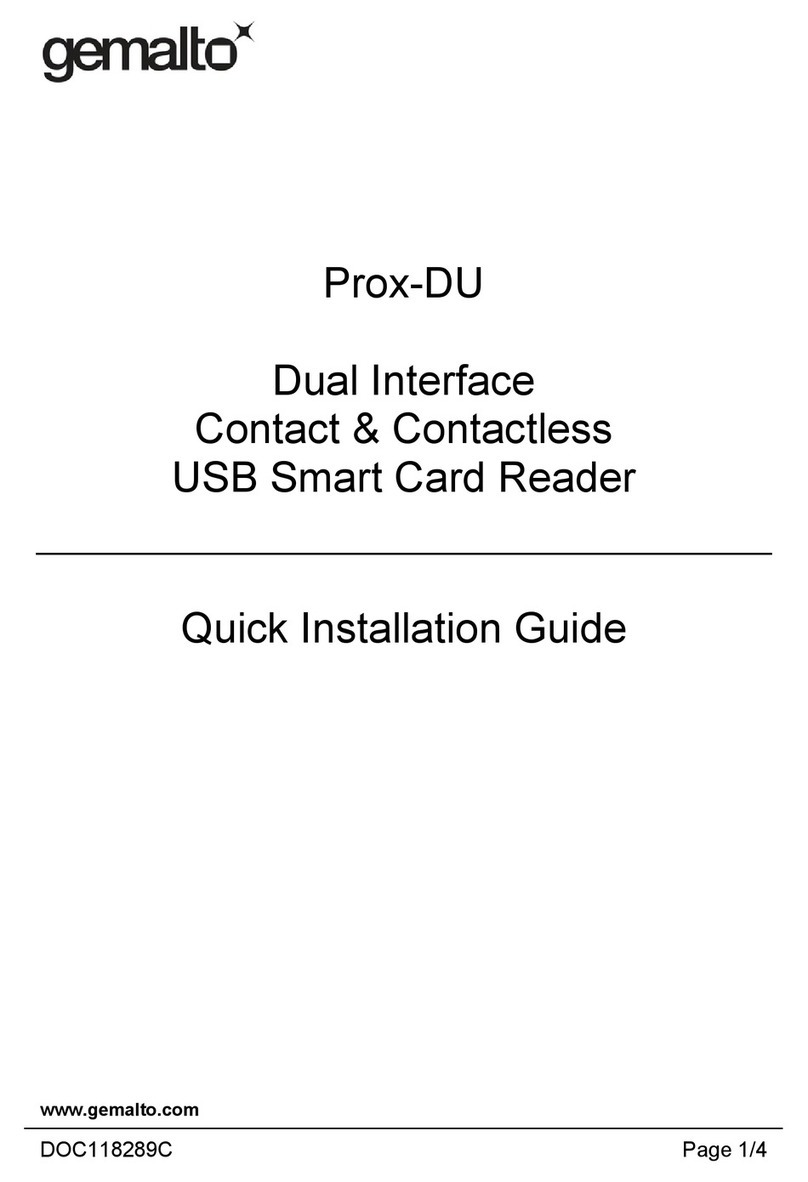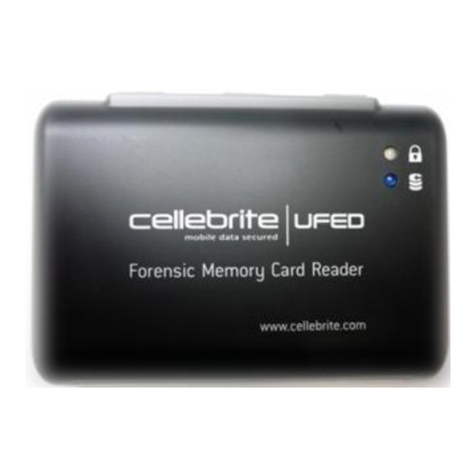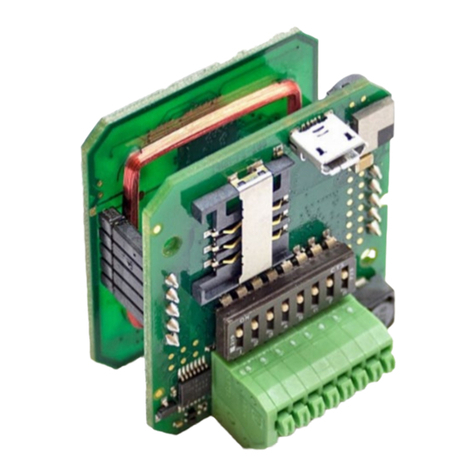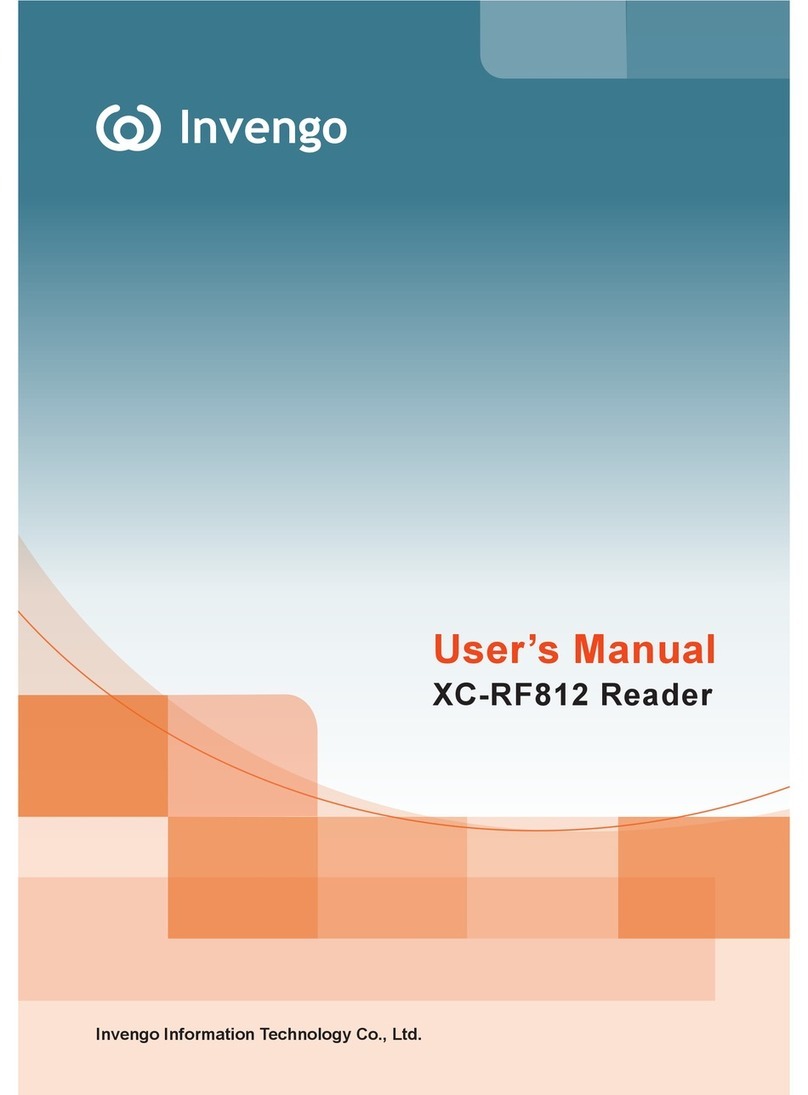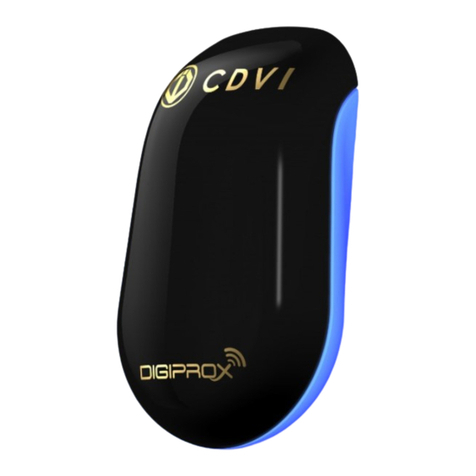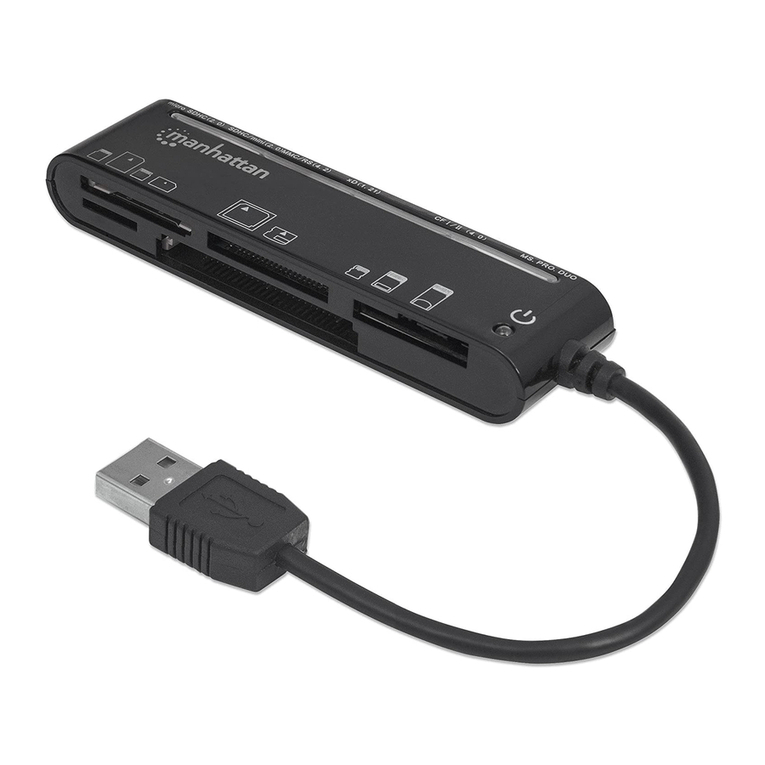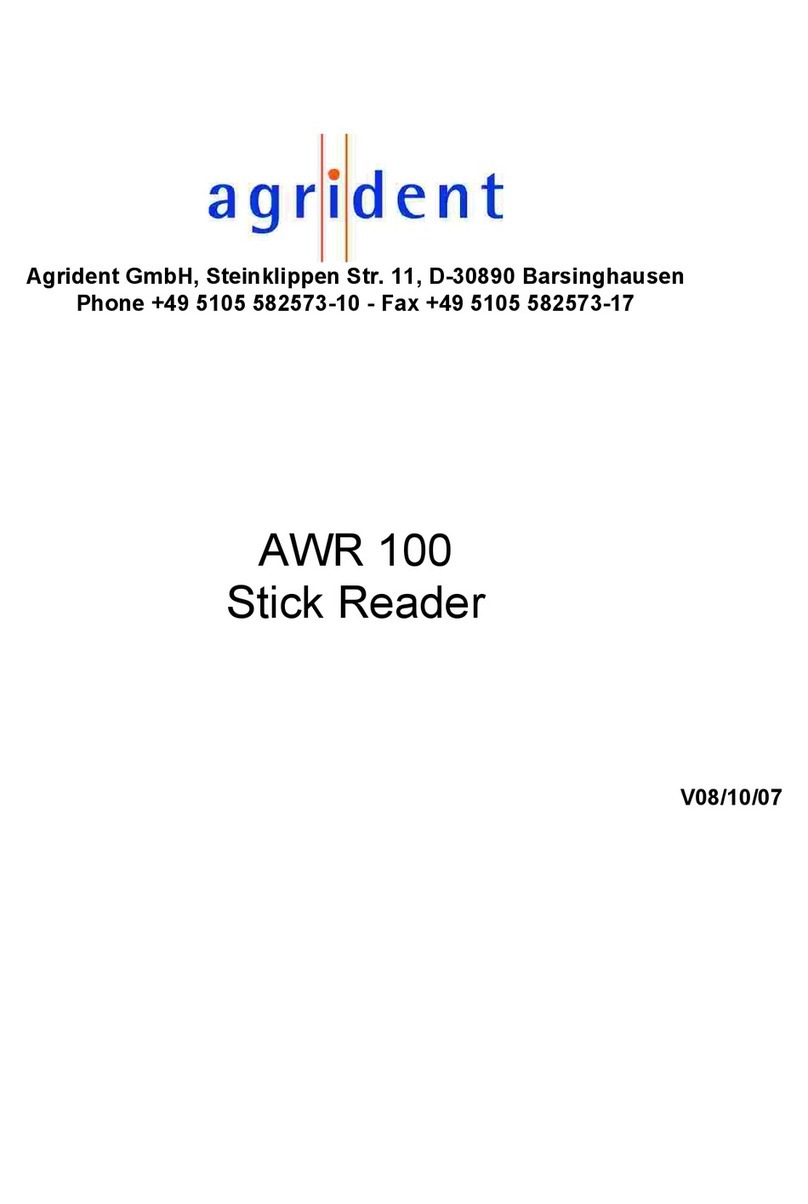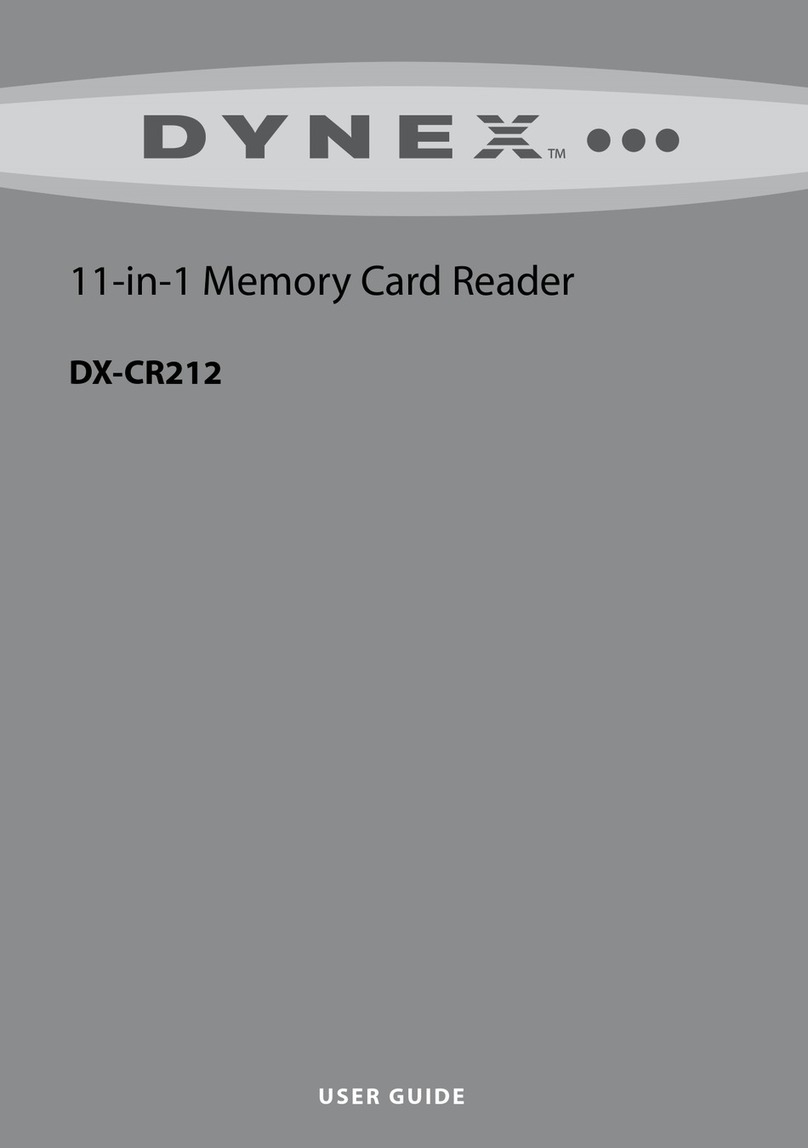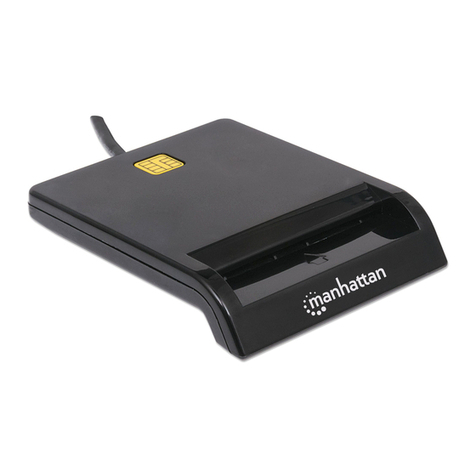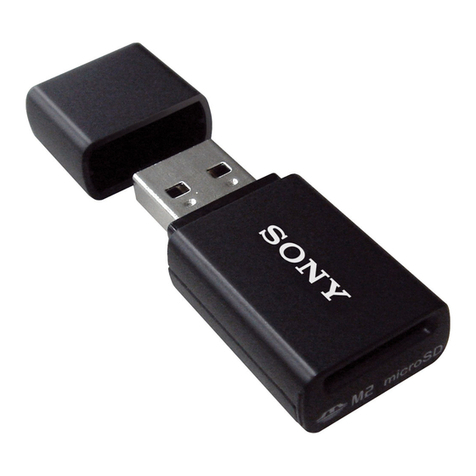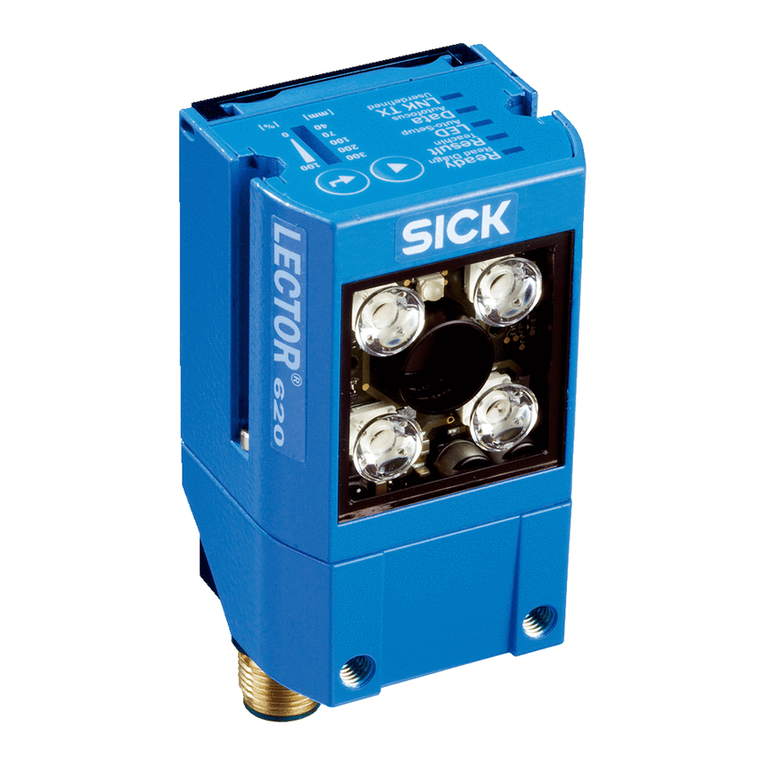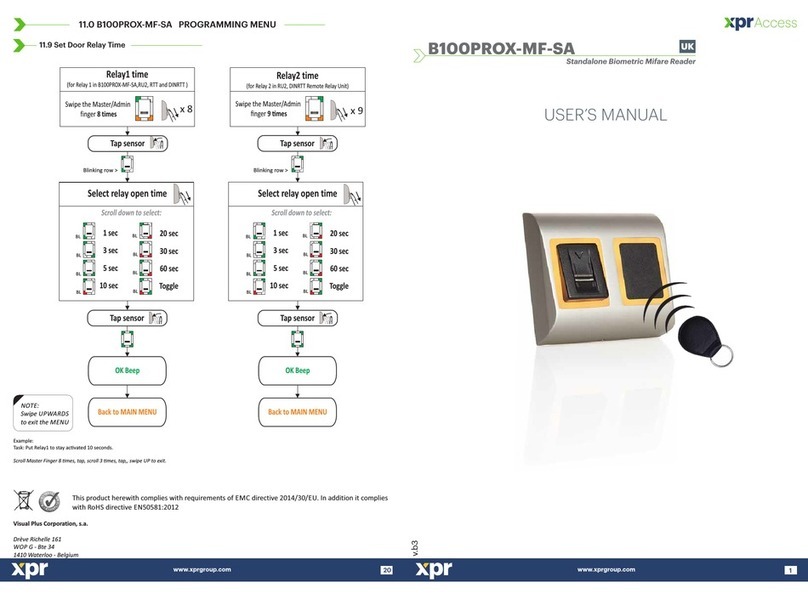
OMNITM Heavy-Duty Slot Reader Wiegand Interface Addendum
Page | 7
3. Configuration
For users who need to read or output data in a custom format,ID TECH supplies an optional RS-232
configuration cable with three alligator clips anda 5V DC power adaptor.
Configure the unit using the optionalcable and the following steps:
1. Plug the configuration cable’s DB9S female connector into a serial port (such as COM1) on
your PC.
2. Connectthe following alligator clips to the following reader wires:
a. programmingcable red alligatorclip to the reader’s red wire
b. programmingcable black alligatorclip to the reader’s black wire
c. programmingcable yellow alligatorclip to the reader’s brown wire
3. Make sure the sets of wires and clips DO NOT TOUCH.
4. Plug the 5V DC power adapter into an AC outlet, then plug the output from the 5V DC power
adaptor to the power jack on the DB9S connector. When power is applied, the unit should
beep.
5. Run a serialcommunicationprogram,suchasHyperTerminal(HyperTerminalcomeswith
Windows 95 or later versions) or Pro-Comm.Setthe communicationparameters to 9600
baud rate, 8 data bits, None parity, and 1 stop bit.
3.1. Wiegand Output Rules
The Omni readermaybe configuredtosuityour application.Configurationsettings enable the reader
to work with the host system. For instance, preambles and postamblescanbe added to scanneddata
prior to output. Referto the OmniUser’sManual(key-board/USB version) for full details on setting
the Omni’s configuration settings and data editing functions.
The Wiegand outputformat consists of a 3-digit “site code” anda 5-digit “user code.” The unit will
take the first eight numeric characters of the output data and ignore any character that is not a
numeric character.The firstthree digits will be sent as the site code andthe nextfive digits will be
sent as the user code.
The site code canonly be from 0 to 255. If the first three digits are greaterthen 255, then the
modular 256 result will be used as the site code.For example,356will be changedto 100.
The user code can only be from 0 to 65535. If the next five digits are greater then65535, thenthe
modular 65536 result will be used as the user code. For example, 75536 will be changed to 10000.
If there are fewerthan eightnumeric charactersinthe output data,additional0s (zeros) will be added
to the beginning.
